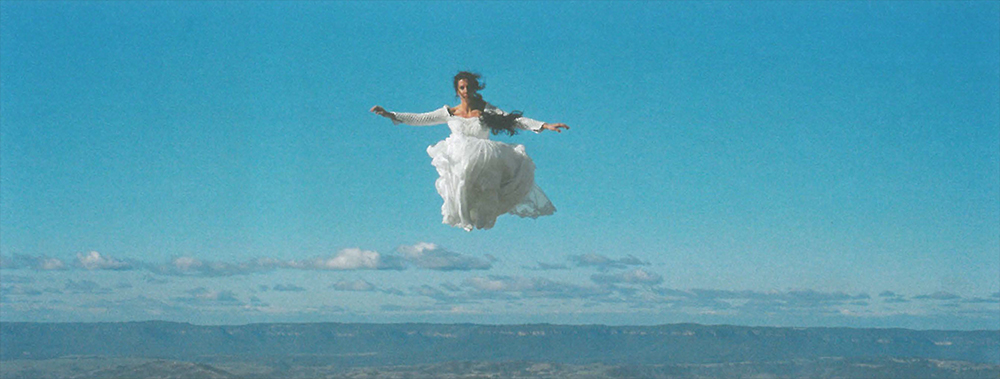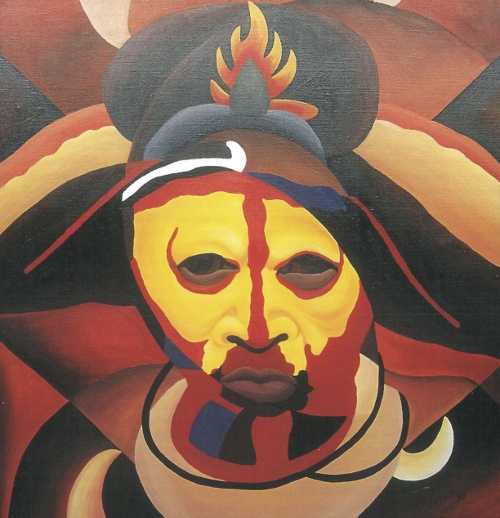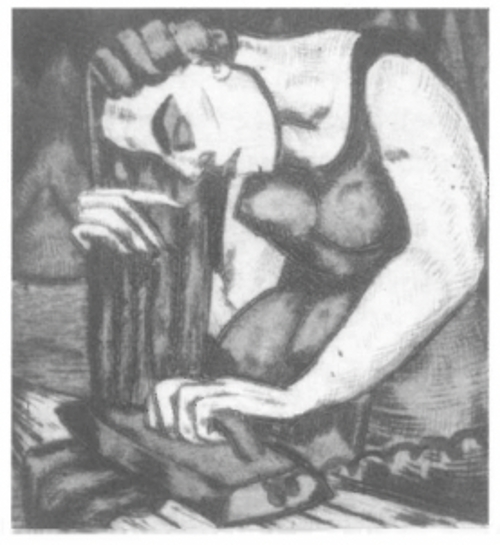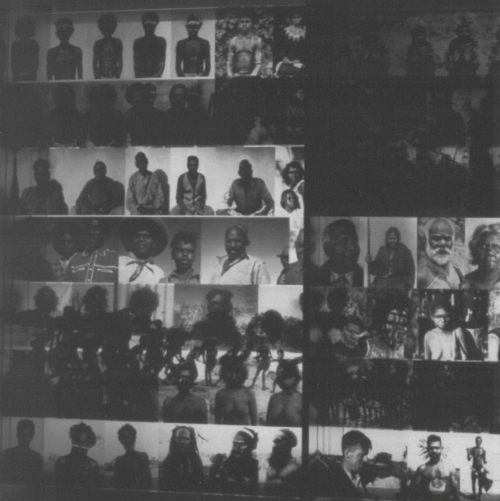
In two simultaneous exhibitions, showcasing the work of Rosemary Laing, viewers are led up, down, and around various garden and industrial paths to a paradoxical moment where speed and stasis converge. gradience, at the Australian Centre for Photography (in affiliation with the Biennale of Sydney), is a minor retrospective of Laing's work dating from 1988 to the present, while flight research, at Gitte Weise Gallery, showcases a single body of work made during 1999 and early 2000. Both exhibitions depict various states of corporeal and technological mobility analysed against a backdrop of spatial impermanence. At the point of contact – where time and space is registered visually – movements are either sped up almost to the point of arrest or slowed down to reveal potential motion. Caught between speed and the texture of information, spaces of hesitation rise to the surface. Often under the tamed guise of nature, Laing's work seduces the viewer via an aesthetic which overwhelms the senses and unbalances the axis of spatial orientation. As a result one is left visually free-falling in fields of blurred data.
Laing creates photo-media based images that disturb the anticipated trajectory of bodies through space as they rub up against 'natural' environments. Throughout gradience images distort perception instead of rupturing space, as Natural Disasters (1988-90) mock the technological triumphs of Renaissance perspective and order in brownwork (1997). Accidents of nature are blown up and pushed into the cracks of mechanical reproduction. Elsewhere, bodies mimic the suspended flight of machines (airport #2). In between this organic chaos and clinical order lies greenwork (1995), where technology extends its prosthetic fingers into the pools of organic matter we nostalgically call nature. Part of this series consists of large scale, green, vinyl prints which digitally translate Peter Elliston's static landscape into fluid anti-navigational devices. Warped states of speed and inertia are activated via the seizure of moving space caught within the centre of the image. In the other half of this series Laing uses time-lapse (TL) photography to register the disappearance of information through speed. The mechanical density of technology is evaporated in the blink of an eye, as the aircraft becomes a blur of accelerated space (greenwork TL #8).
The stop/start crawl effect of grid-lock traffic is taken to new heights in the DVD loop of spin (1997-99). The engine of an aeroplane flying above the Blue Mountains is periodically stalled and left falling in another anticipated collision between nature and technology and again the result is not a rupture. Instead blue, green, and white planes of space are visually stretched and looped into a continuous strip of affective momentum.
Exploration implies movement, a journey through different states of perception. Through the use of exhibition titles that refer to 'work' and 'research', Laing's images signal a negotiation of the processes of travel instead of offering a definitive cartography. Any semblance of information stored within the prints is constantly collapsed as space bends and writhes underneath the pressure of motion running out of sync against time. This performative aspect of Laing's work culminates in her series flight research (1999-2000). A woman in a bridal gown rises, falls, and floats, through the spaces of anxiety we have just experienced in spin. Unlike previous images where gravity's pull against suspended bodies is defied via visible supports, the woman in flight research dives and bounces freely against the laws of nature in a ritualised succession of hysteric and catatonic states. The ornamental excess of the wedding dress, however, fans out like a parachute opened in mid-air and acts as the flight back-up in the event of a crash-landing. Throughout the show the bride's movements are charted in various synchronised poses like beats falling in time with the rising and setting of the sun. Evidence of her eventual touch-down lies in the puddle of white fabric that now graces the gallery floor. The discarded dress, still cloud-like in its formless shape, remains close at hand like a magical swatch of fabric torn from a super-hero's cape. Gazing up towards the sky, we point like Jimmy Olsen and Lois Lane – "Look! Up in the sky! It's a bird! It's a plane! It's...". Now we mimic the gestures of flight in a performance of desire and awe, forever reaching out to touch the grains of speed that collect and disperse within the images.












